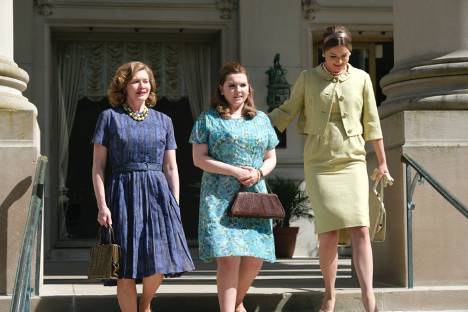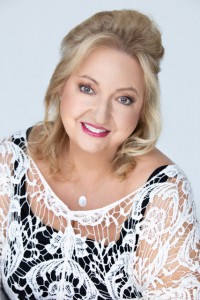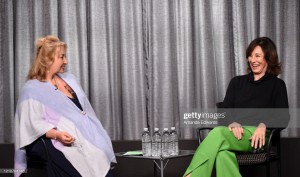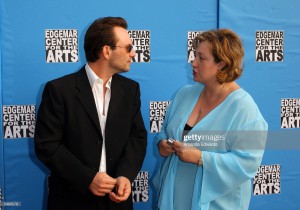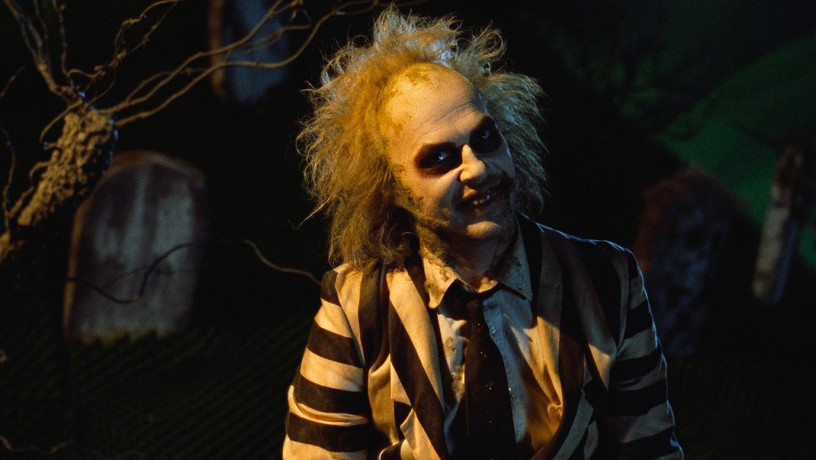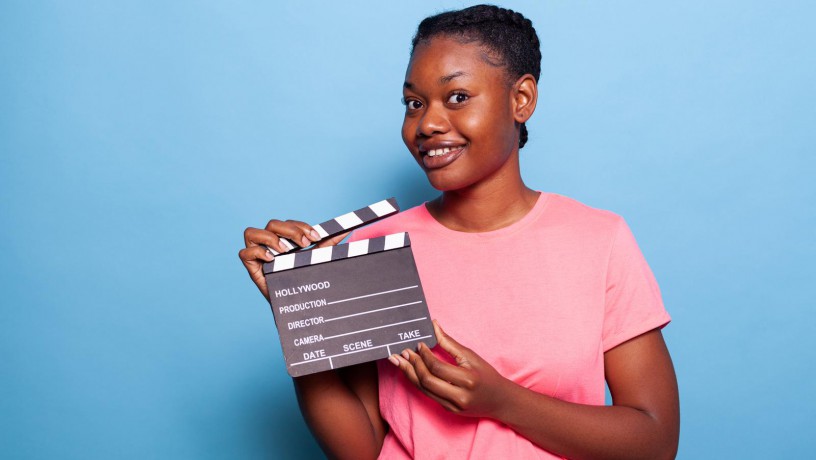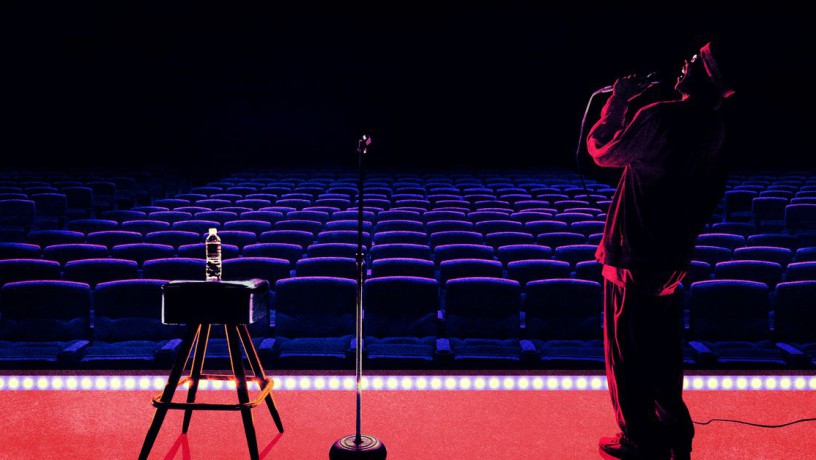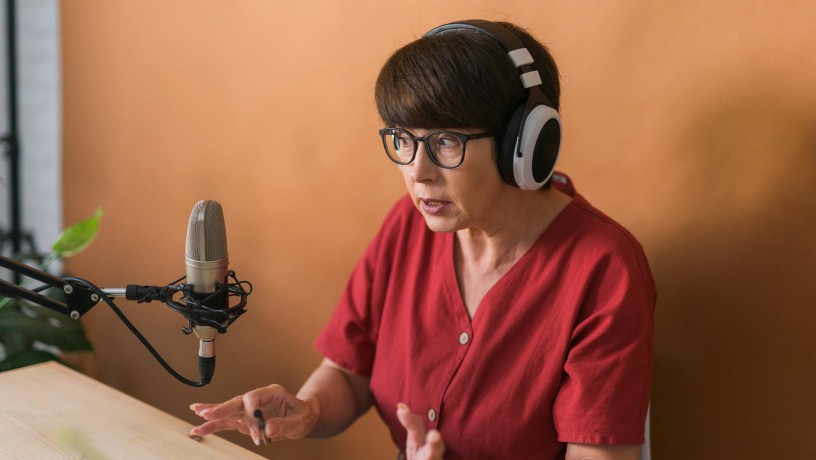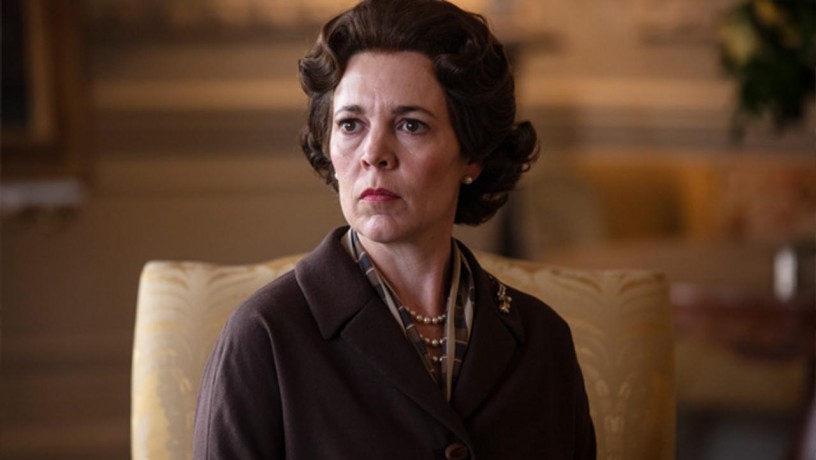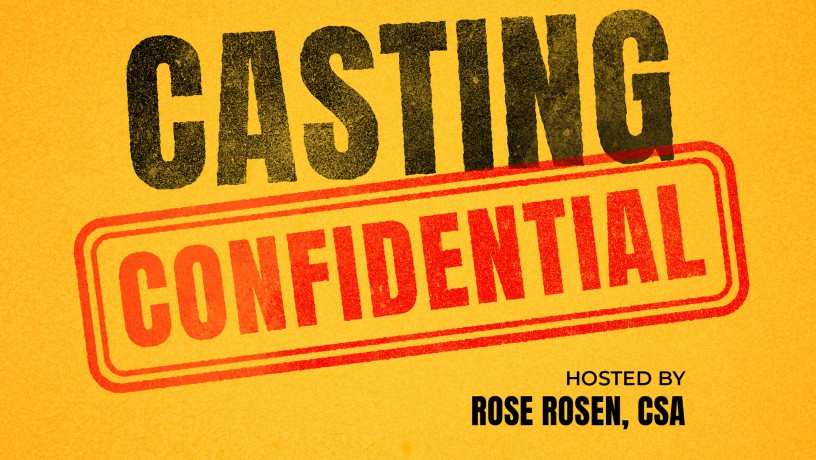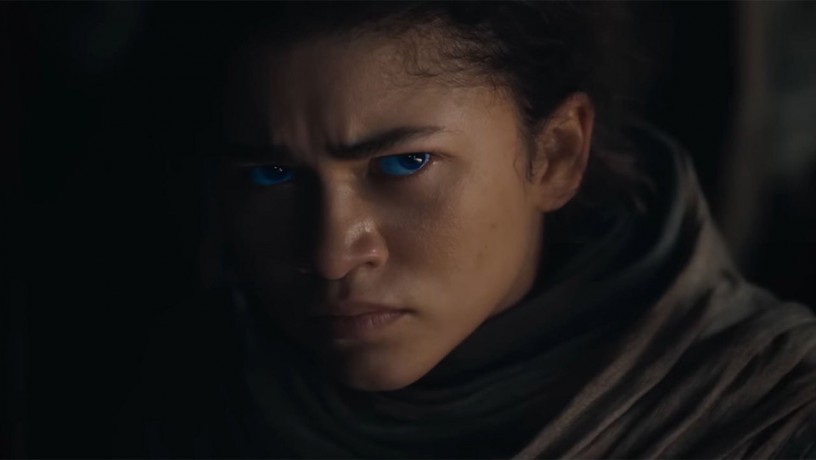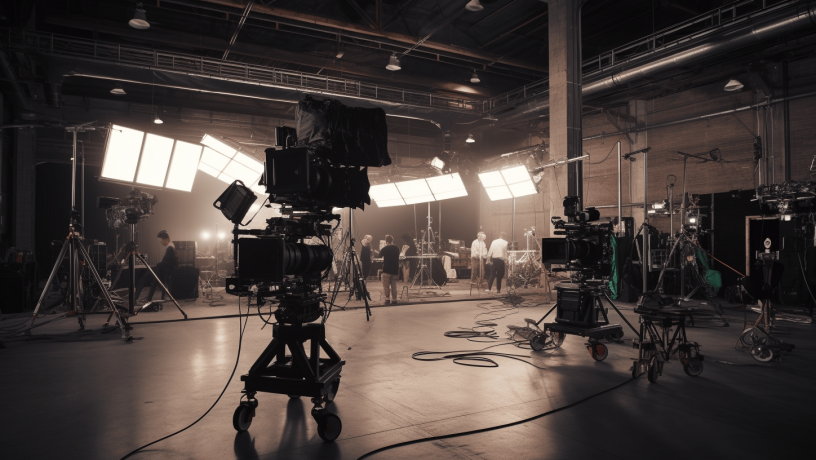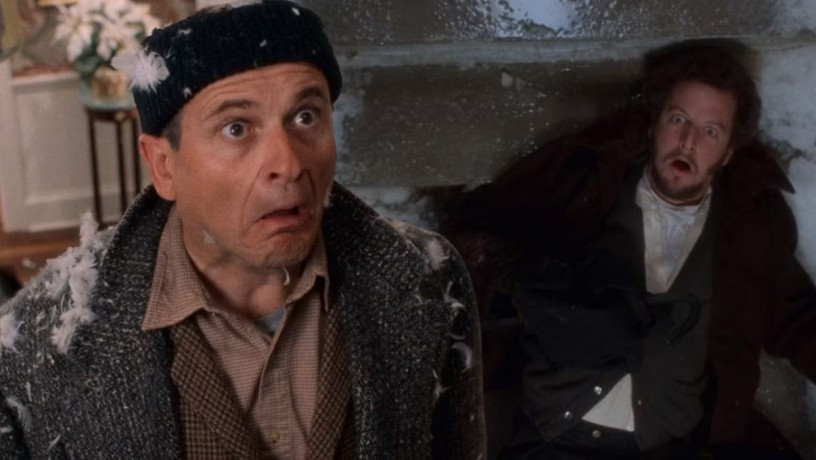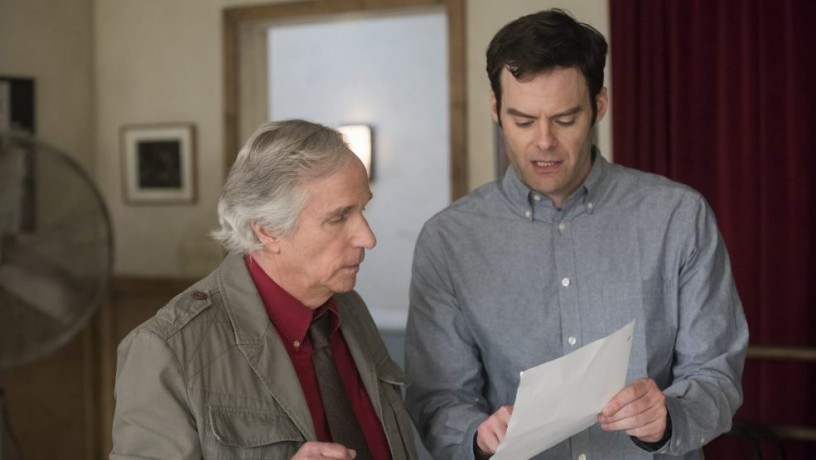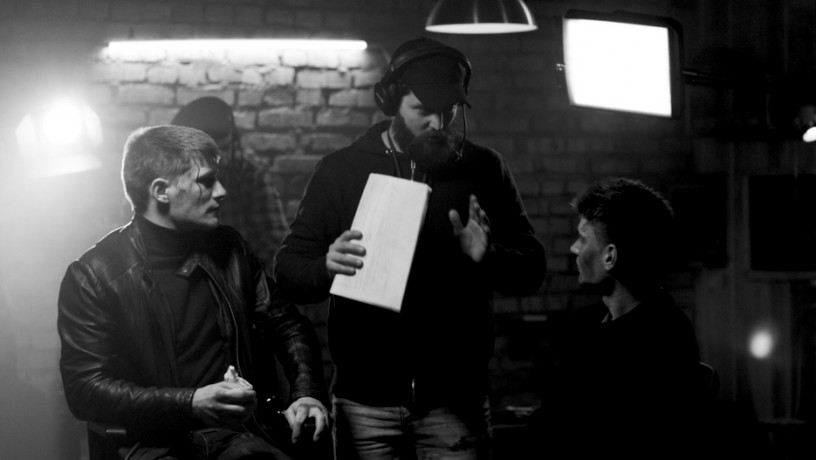The art of acting requires continuous growth and adjustment, with improvisation being a valuable asset for actors seeking to elevate their skills. Improvisation goes beyond mere humor in the moment; it serves as a holistic approach that can enhance spontaneity, emotional depth, and camaraderie with cast members.
7 Suggestions for Integrating Improv Methods Into Your Acting Toolkit:
1. Embrace the Unknown
A fundamental aspect of improvisational theater is welcoming unpredictability. This entails staying receptive to surprises in acting, such as mistakes in dialogue, unexpected instructions from the director, or unconventional decisions made by fellow actors. Rather than shying away from the unfamiliar, view it as a chance to craft genuine and innovative performances. Embracing uncertainty will help you cultivate bravery and adaptability on stage.
Imagine you’re performing in a live theater production. You’ve rehearsed your lines and blocking meticulously, but during one performance, a prop you’re supposed to interact with is missing. Instead of panicking or breaking character, you embrace the unknown. You improvise a solution, using another object on stage as a substitute or modifying your actions to account for the missing prop. Your quick thinking not only keeps the scene flowing but also adds an unexpected twist that feels fresh and authentic. Your ability to adapt to the unexpected enhances your performance and demonstrates your versatility and creativity as an actor.
2. Listen Actively
In acting and improv, emphasizing active listening is a main focus point. It goes beyond merely hearing words; it involves grasping the underlying emotions and intentions. Engaging in attentive listening enables one to react organically and make decisions that are influenced by the current situation. This capability improves the capacity to establish a genuine connection with fellow performers and deliver a captivating, authentic performance. Furthermore, active listening facilitates staying in the moment and fully participating, which fosters genuine reactions and contributes to developing a compelling, relatable character.
In a tense moment on stage, your character engages in a fiery exchange with another actor’s character. Rather than simply preparing to deliver your lines, you immerse yourself in the words and emotions emanating from your scene partner. A slight tremor in their voice catches your attention, revealing a vulnerability not previously seen in rehearsals. In a spontaneous shift, you respond with empathy instead of anger, mirroring the evolving relationship between the characters. This attentive listening and adaptive reaction heighten the emotional intensity of the scene and enhance the authenticity of the characters’ interaction.
3. Say “Yes, And…”
The “Yes, And…” rule is a cornerstone of improv. It means accepting what your scene partner offers (the “yes”) and then adding to it (the “and”). Embracing a collaborative approach is key to maintaining momentum and progression within a performance. In acting, embracing the philosophy of “Yes, And… ” can unlock fresh avenues for exploration in a scene, nurturing a dynamic and encouraging atmosphere both on set and stage. Through mutual expansion of ideas, actors can craft intricate and vibrant scenes that highlight the collective ingenuity of the ensemble.
During an improv exercise, your scene partner starts a scenario by saying, “We’re lost in a mysterious forest, and I think I just saw a unicorn.” Instead of denying or changing the direction, you embrace the “Yes, And…” principle. You respond with, “Yes, and I believe the unicorn is trying to lead us to a hidden treasure. Let’s follow it!” By accepting your partner’s offer and adding your own twist, you’ve collaboratively built a more interesting and engaging story. This approach not only keeps the scene flowing but also fosters creativity and teamwork.
4. Explore Emotional Range
Improv exercises often push performers to explore a wide range of emotions quickly and deeply. Use these techniques to expand your emotional toolbox. Practice shifting between emotions fluidly and finding the truth in each one. To enhance your acting skills, explore different emotions and expand your repertoire to add complexity to your character portrayals.
In a workshop focused on emotional range, you’re given an exercise to portray a character who receives life-changing news in the span of a few minutes. The scene starts with your character winning the lottery, then quickly shifts to discovering a close friend’s betrayal, and finally, learning about a family member’s serious illness.
Start the scene by exuding unbridled happiness and excitement as you bask in the glow of winning the lottery, letting your voice and body language reflect the sheer joy. As the scene unfolds and your friend’s betrayal is revealed, watch as shock, disbelief, and anger flood your being, expressing the profound hurt through your facial expressions and tone of voice. And when you learn about your family member’s illness, allow a deep sense of sadness and vulnerability to wash over you, perhaps shedding tears or subtly relaxing your posture to convey the weight of emotions.
Through this exercise, you practice shifting between different emotions fluidly, exploring the details of each one. This helps you develop a more comprehensive emotional range, enabling you to portray complex characters.
5. Commit Fully
In improv, commitment is key. Whether you’re playing a character, embracing an emotion, or following a storyline, commit fully to the choice you’ve made. This level of commitment brings credibility and intensity to your performance. Even if a choice feels risky or outside your comfort zone, committing to it can lead to unexpectedly powerful and genuine moments. Full commitment also helps you maintain focus and consistency in your performance, ensuring that your portrayal remains compelling and believable throughout the scene or play.
You’re cast in a role that requires you to play a character who is drastically different from your own personality — perhaps an eccentric, larger-than-life figure with bold mannerisms and a flamboyant style of dress. Initially, you might feel self-conscious or hesitant about fully embracing such an over-the-top character.
To commit fully, you decide to dive into the character’s world with no reservations. You wear the flamboyant costumes with confidence, adopt the character’s unique mannerisms, and deliver your lines with the exaggerated flair that the role demands. Even if it feels uncomfortable at first, you stay true to the character in every rehearsal and performance, never breaking character or toning down the performance.
As a result of your full commitment, the character comes alive on stage, captivating the audience and earning praise from the director and your fellow actors. Your willingness to fully embrace the role demonstrates your dedication to your craft and your ability to transform into even the most challenging characters.
6. Develop Quick Thinking
The art of improvisation requires rapid decision-making and the capacity to make decisions on the fly. Circumstances can shift suddenly, demanding quick adaptation. Engage in improv activities that push you to think quickly and take daring actions, enhancing your instincts and keeping you alert and responsive during performances. The ability to think fast also equips you to gracefully navigate unforeseen challenges with creativity, injecting spontaneity and authenticity into your acting endeavors.
You’re performing in a live comedy show where the script is partially improvised. During one scene, your scene partner unexpectedly throws in a line that’s not part of the script, referencing a recent popular event that the audience instantly recognizes and finds hilarious.
Instead of getting thrown off, you quickly process the new information and respond with a witty remark that ties back to your character and the scene, keeping the flow of the performance and capitalizing on the spontaneous addition. Your ability to think quickly not only saves the scene but also enhances the humor and engagement of the audience, demonstrating your adaptability and presence of mind as an actor.
7. Foster a Sense of Play
At its heart, improv is about playfulness and exploration. Bring this sense of play to your acting. Feel free to explore various options and methods without fear. Fostering a sense of playfulness can enhance your ability to remain calm, receptive, and imaginative, enabling you to unearth hidden depths in your characters and environments. Embracing a spirit of joy empowers you to venture into uncharted territory, experiment with fresh ideas, and engage with your craft through a lens of curiosity.
During a rehearsal for a modern adaptation of a Shakespeare play, the director encourages the cast to experiment with different interpretations of their lines and physicality. Instead of sticking strictly to traditional methods, you decide to embrace a sense of play.
You experiment with delivering your lines in various tones and styles, from dramatic to comedic, and you play around with different gestures and movements to see how they change the character’s presence on stage. You even try out a few improvisational moments, interacting with your fellow actors in unexpected ways to see what new dynamics emerge.
This playful approach not only makes the rehearsal process more enjoyable but also leads to discovering a fresh, unique take on your character that resonates with both the director and the audience. Your willingness to play and experiment brings a new level of creativity and energy to the production.
Incorporating improv techniques into your acting practice can significantly enhance your skills and bring a new level of spontaneity, emotional depth, and connection to your performances. Embrace the unknown, listen actively, say “Yes, And…”, explore your emotional range, commit fully, develop quick thinking, and foster a sense of play. With these tips, you can unlock new dimensions in your acting. Get to it!

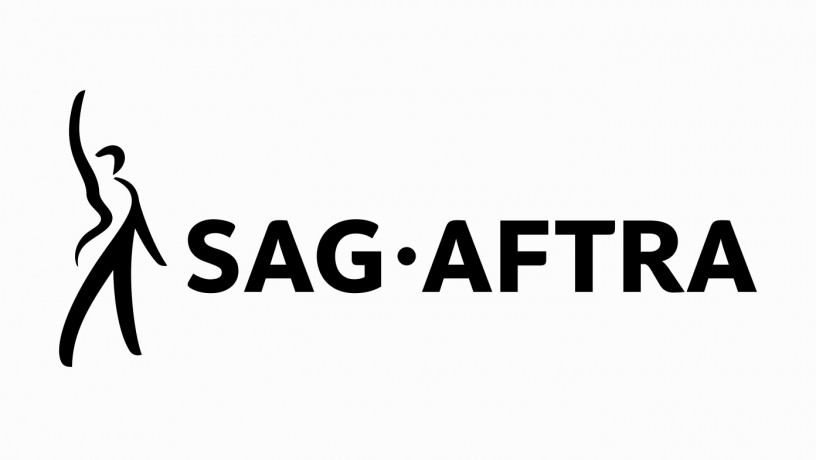


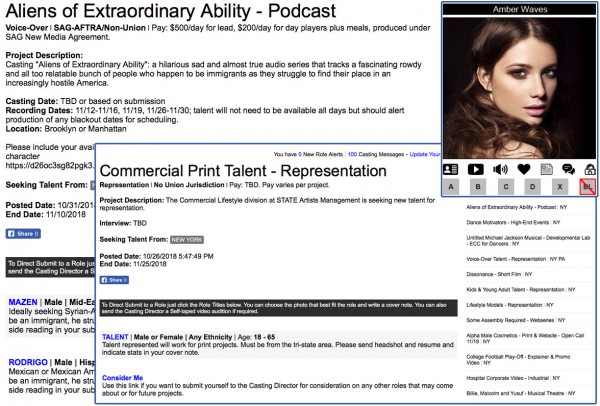



 Vertical TV series, with their unique 9:16 aspect ratio, are crafted to fit the natural orientation of smartphones. This format emphasizes close-ups and intimate storytelling, allowing actors to connect with viewers on a more personal level. The short, dynamic episodes cater to the quick consumption habits of mobile users, making each performance crucial in capturing and retaining the audience’s attention.
Vertical TV series, with their unique 9:16 aspect ratio, are crafted to fit the natural orientation of smartphones. This format emphasizes close-ups and intimate storytelling, allowing actors to connect with viewers on a more personal level. The short, dynamic episodes cater to the quick consumption habits of mobile users, making each performance crucial in capturing and retaining the audience’s attention.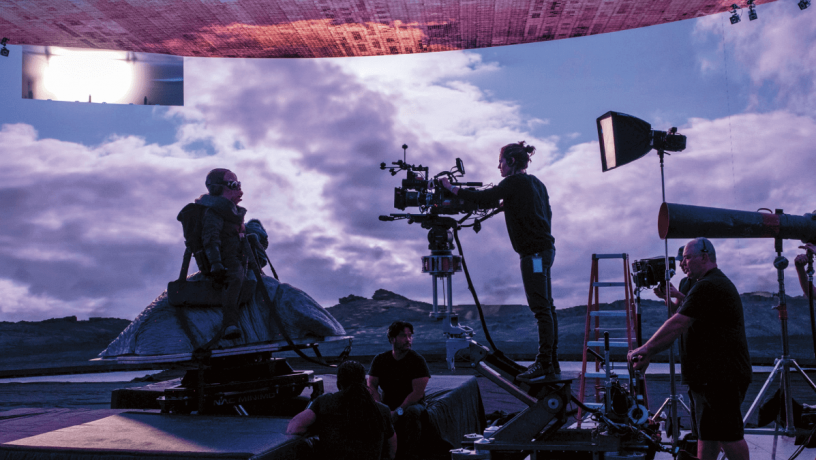

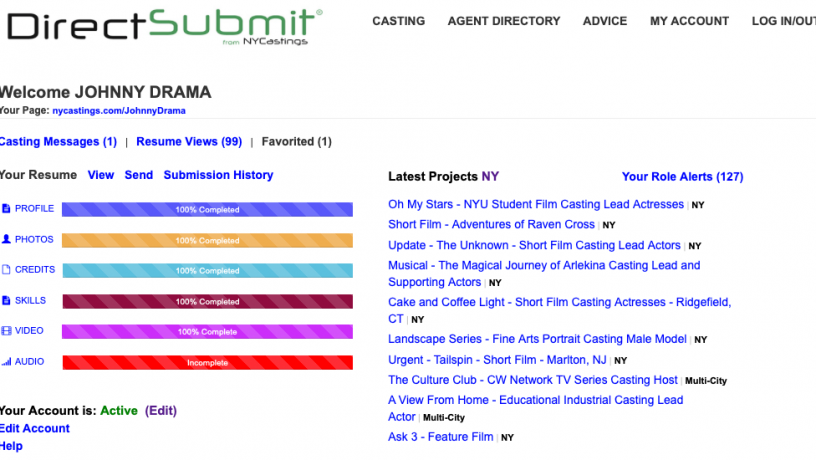
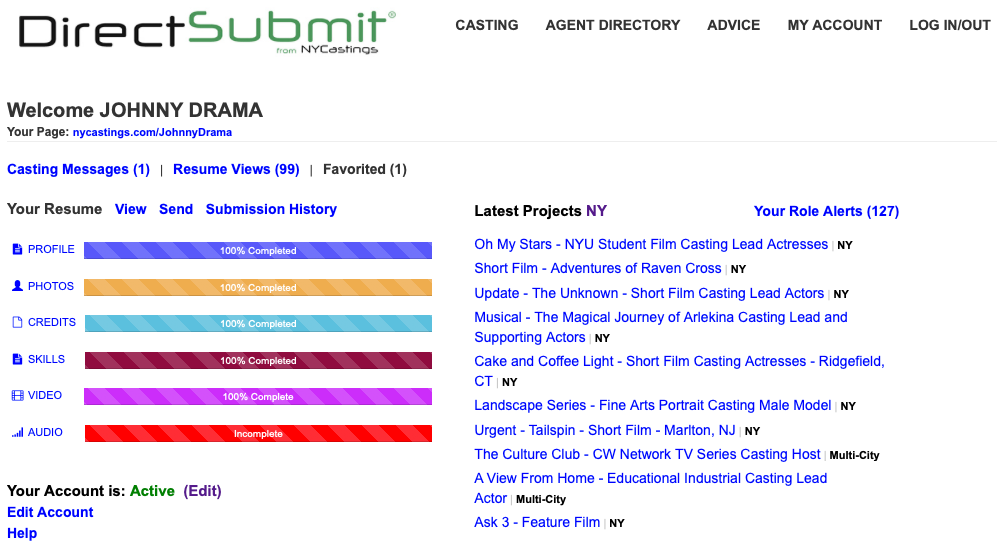 1. Your Page:
1. Your Page: 